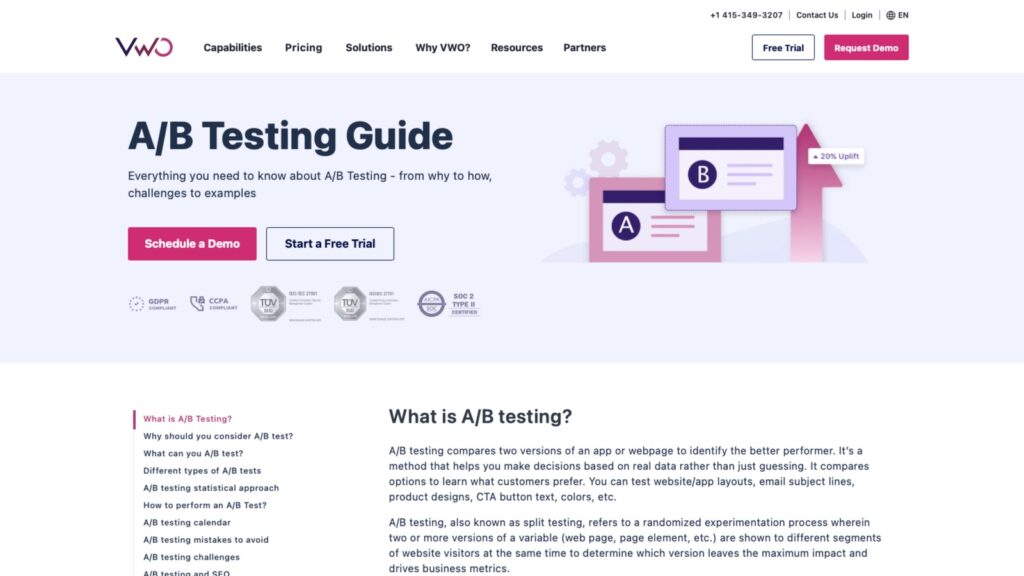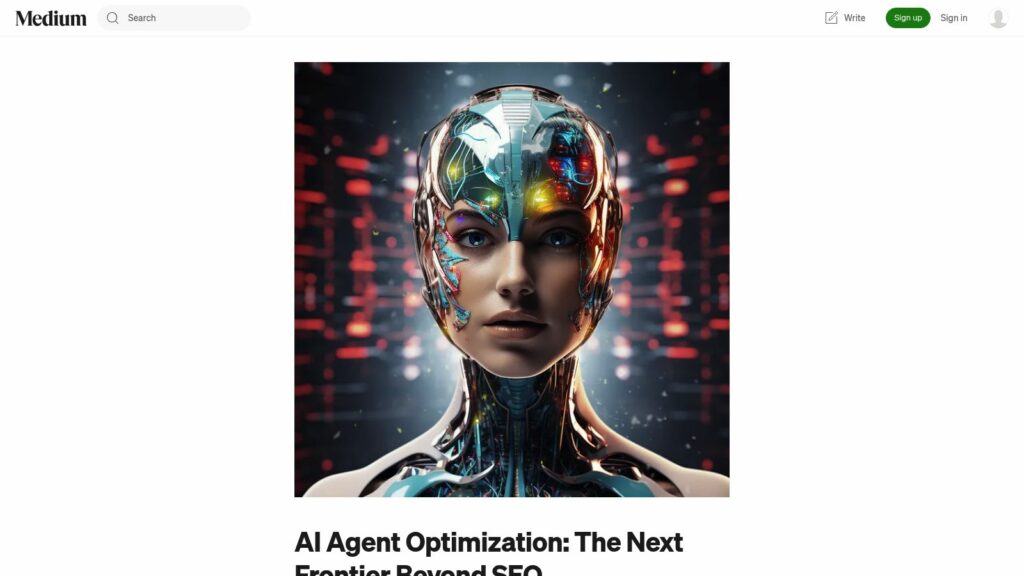A/B Testing
A/B testing, or split testing, compares two versions of a webpage or app to determine which performs better, aiding data-driven decisions. It helps solve user pain points, enhance ROI without extra traffic costs, reduce bounce rates, and make low-risk modifications leading to significant improvements. Elements to test include copy (headlines, body, subject lines), design/layout, navigation, forms, CTAs, social proof, and content depth. Various methods exist: A/B testing, Split URL testing, Multivariate testing, and Multipage testing, each with distinct purposes and advantages. The statistical approach can be Frequentist or Bayesian, with the latter favored for speed and flexibility. A structured A/B testing process includes research, hypothesis formulation, and continuous iteration for optimization.



